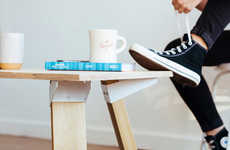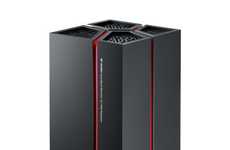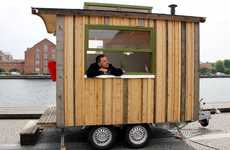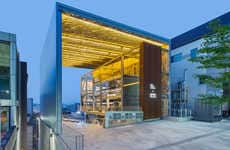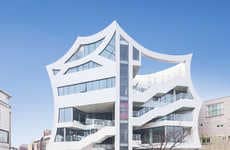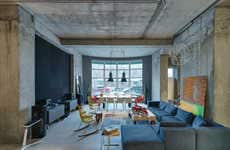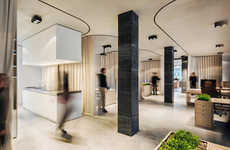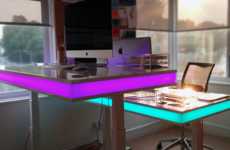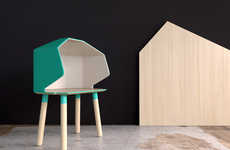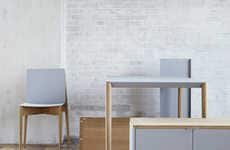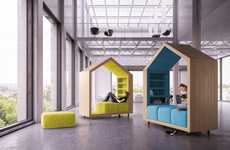



Office settings use design as a way to foster creativity
Implications - Fostering creativity in the workplace can be difficult as consumers tend to fall into work patterns that have them focusing on tasks, as opposed to innovation. Battling this -- especially in the age of shorter attention spans -- requires more than brainstorm meetings. As a response, workplace designs are integrating creativity-encouraging furniture.
Trend Themes
1. Flexible Office Spaces - The rise of flexible office spaces demonstrates a demand for optimized and personalized spaces promoting both individual and collaborative working. Incorporating multi-functional furniture promotes ample movement and breaks away from traditional work patterns.
2. Office Furniture That Enhances Well-being - Employees seek furniture and office designs that positively impact their daily well-being, leading to a rise in sound absorbing designs and rustic open concept offices that promote movement and natural lighting.
3. Collaborative Offices - The growing emphasis on collaborative work environments calls for open-concept offices that foster teamwork such as lab-like offices and co-op work spaces, as well as wall-free offices that can be easily reconfigured for groups or individuals.
Industry Implications
1. Office Furniture and Design - Innovations in furniture and office design call for brands to reassess the traditional office layout and invest in adaptable spaces promoting wellbeing and creative thinking.
2. Architecture and Interior Design - The shift toward collaborative and innovative office spaces calls for architects and interior designers to offer personalized and dynamic solutions as well as sound absorbing materials.
3. Technology and Tools - The rise of flexible and lab-like office spaces require technological advancements to be made in office tools and equipment that are easily movable and adaptable based on space and work mode.
5 Featured, 45 Examples:
473,489 Total Clicks
Date Range:
Dec 14 — Mar 16
Trending:
Hot
Consumer Insight Topics:



